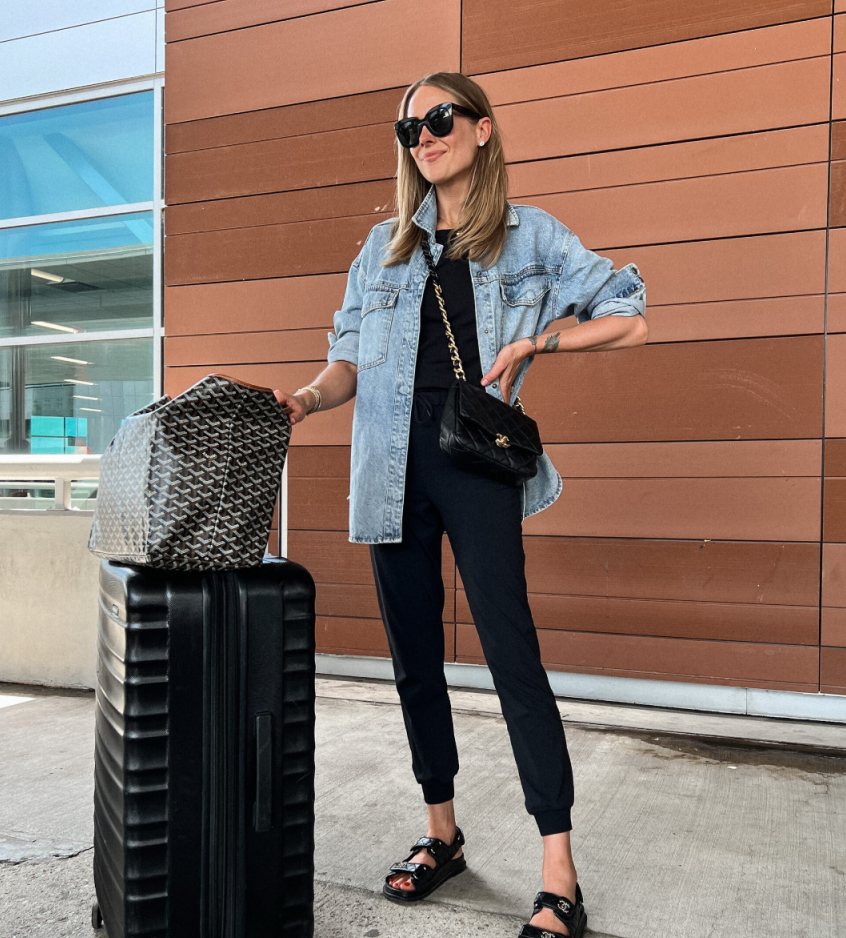
Packing for a trip can be a daunting task. From deciding what to bring to trying to fit everything into your suitcase, the process often feels overwhelming. But smart packing isn’t just about fitting more into your luggage—it’s about enhancing your entire travel experience. By packing wisely, you can reduce travel costs, avoid unnecessary stress, and ensure you have everything you need for your adventure.
Essential Smart Packing List
Crafting a smart packing list is the key to efficient packing. Begin by selecting versatile clothing that can be easily mixed and matched. Opt for layers and neutral colors, and choose items suitable for various occasions. A scarf, for instance, can serve as both a cozy blanket on a chilly flight and a stylish accessory for dinner.
Incorporate multi-functional items, such as a travel tote that can transform into a beach bag or a jacket that doubles as a pillow. These clever innovations can help you save valuable space. Additionally, consider transferring liquid toiletries into plastic spray bottles to reduce bulk and prevent leaks. Don’t overlook the latest travel accessories designed to maximize space, like collapsible water bottles and compact toiletry containers.
Finally, be decisive about what to leave behind. Do you need that extra pair of shoes? Likely not. Focus on items that offer multiple functions and leave non-essentials at home.
Smart Packing Techniques for Different Trips
Different trips demand different packing strategies. For a business trip, focus on wrinkle-free clothing and a travel wardrobe that can transition from day to night. Use garment bags for suits and pack a compact steamer to freshen up clothes upon arrival.
Leisure travel allows for more flexibility but still requires strategic packing. Use packing cubes to organize outfits and separate clean clothes from worn ones. For a backpacking trip, think minimalistic. Pack lightweight, quick-dry clothing and limit yourself to essential gear.
Remember that flexibility is key. Adjust your packing strategy based on the length of your trip, the weather, and the activities you plan to do.
Tips for Efficient Packing
Efficient packing is all about maximizing available space. Start with the rolling method for clothes. Not only does it save space, but it also reduces wrinkles. Next, consider using packing cubes and compression bags. These tools help organize your belongings and compress bulky items like jackets.
When placing items in your suitcase, organize them by weight and function. Keep heavier items at the bottom and lighter ones on top. Smaller items, like socks and underwear, can fill gaps and corners.
These techniques may require some practice, but once you get the hang of them, you’ll wonder how you ever packed without them.
The Importance of Pre-Planning
Pre-planning your packing list is crucial to avoid last-minute stress. Start by writing down everything you’ll need, categorized by type. For example, separate clothes, toiletries, electronics, and documents.
Create a checklist template to ensure you don’t forget anything important. Include essential items such as chargers, travel documents, and medications. Adjust the list based on your destination and activities.
Planning not only helps you remember everything but also allows you to pack more strategically, reducing the chance of overpacking.
Maximize Luggage Space Without Exceeding Weight Limits
One of the biggest challenges travelers face is maximizing luggage space while staying within weight limits. Invest in lightweight luggage to save several pounds right off the bat. When packing, distribute weight evenly to prevent your bag from tipping over.
Practice packing and repacking to find the most efficient use of space. Sometimes rearranging a few items can make a significant difference. Use a luggage scale to weigh your bag before leaving home to avoid surprises at the airport.
By following these steps, you can maximize space and avoid extra baggage fees.
The Post-Packing Checklist
Before heading to the airport, run through a final checklist to ensure you have everything. Confirm that all essentials, like passports, boarding passes, and credit cards, are in an easily accessible spot. Double-check that all electronics are charged and packed.
Ensure your luggage is securely closed and tagged with your contact information. Finally, check the weather forecast for your destination one last time to make any necessary adjustments.
This post-packing checklist acts as your safety net, ensuring you leave the house with peace of mind.
Conclusion
Smart packing is an art that can enhance your travel experience significantly. By crafting a thoughtful packing list, employing efficient techniques, and optimizing your luggage space, you can travel with greater comfort and confidence. Remember, the objective is to bring only what you truly need and leave the rest behind. Wishing you happy travels!
